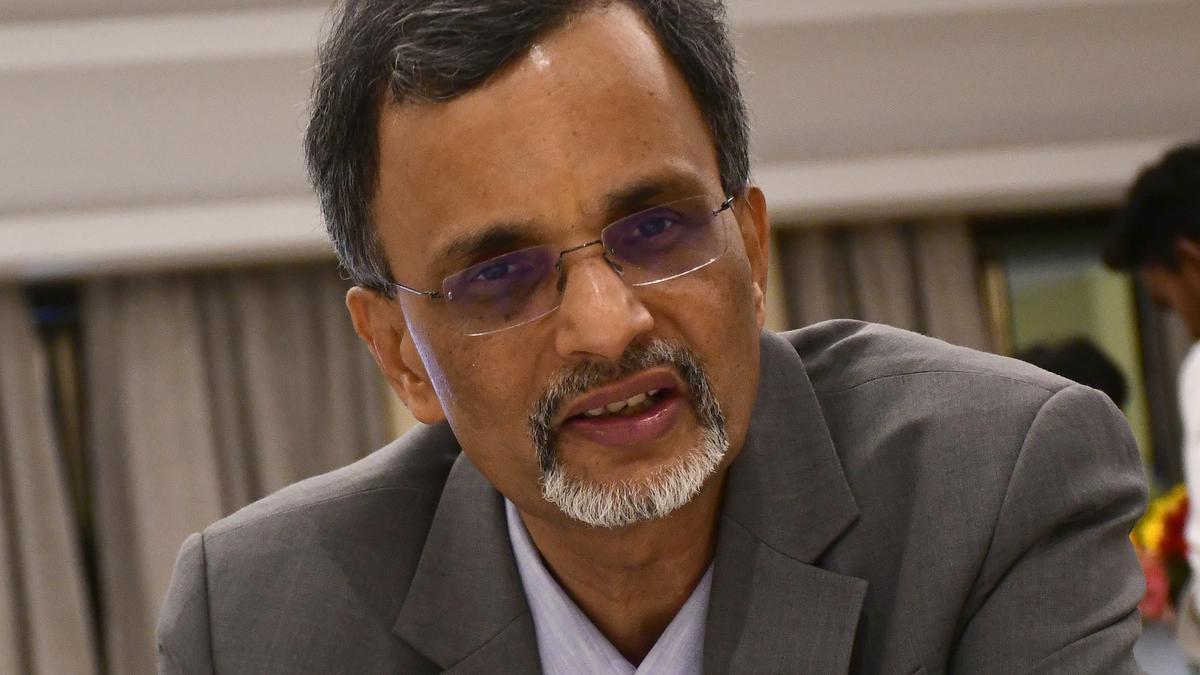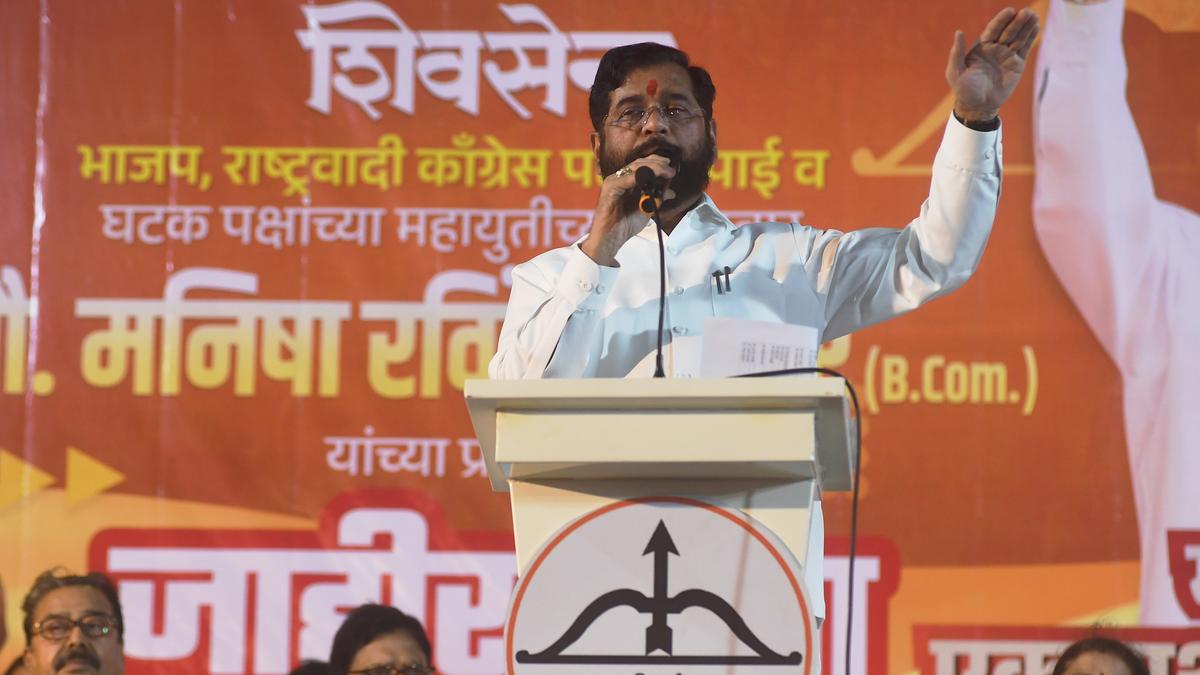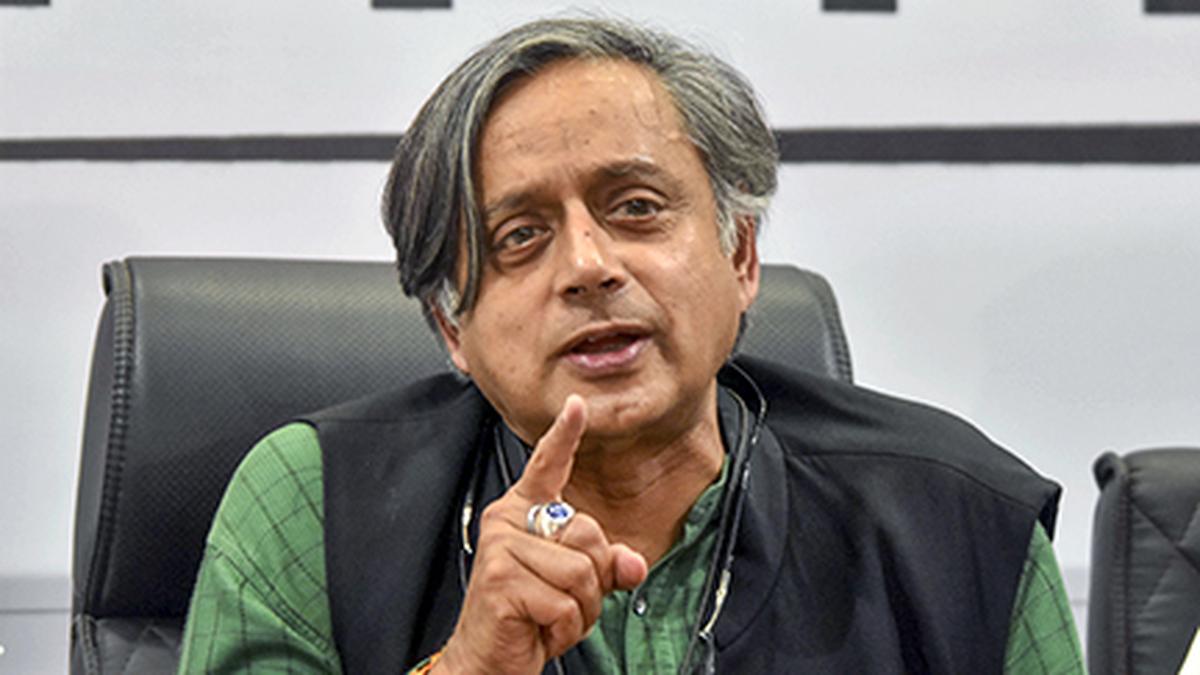With the economy regaining momentum, it is time for fiscal policy to step back, Chief Economic Adviser V. Anantha Nageswaran told The Hindu, explaining the interim Budget for 2024-25. Identifying some of the next generation reforms needed in the coming years, he said recent changes, including the Goods and Services Tax (GST), Insolvency and Bankruptcy Code (IBC), and direct taxes also need a periodic review. Edited excerpts:
This Budget largely stuck to a vote on account with some signalling for the future, unlike the 2019 interim Budget. Was this based on the government’s 10-year track record which your recent Economic Review termed commendable?
That is the main reason. It’s also important to articulate that you come up with a counter-cyclical fiscal policy when it is needed, and when the economy recovers, you must pull back the fiscal stimulus slowly in such a way that you rebuild the fiscal space for the next time it is needed. The problem in the world today, and part of the reason inflation was such a big surprise for many countries in 2022 and 23… is not because of the Ukraine-Russia conflict or supply chain disruptions, [though] they might have added their bit. But the real issue was the stimulus that stayed too much, too big, and for too long. The same thing happened in India in 2010-11 and 2011-12, when the crisis didn’t affect us that much, but we still had a stimulus which stayed for too long. Then you have to deal with the aftermath. I don’t think we want to repeat all of that. At the same time, the government is not taking its eyes off the ball on financial inclusion and taking care of the poor. That’s why PM Gareeb Kalyan Anna Yojana was extended for five years. So this is the reason to stick to the framework of what a vote on account should be, and the projection of a 5.1% of GDP target for fiscal deficit. As the economy develops a momentum of its own, fiscal policy can go back to rebuilding the fiscal space which might be needed at some point in time in the future.
Now that the Central government debt to GDP ratio is 58%, should we review the timelines to reach the 40% goal enunciated for 2025-26 prior to the pandemic?
I think, over time, if you’re going to pursue faster fiscal consolidation, and your nominal GDP growth lies above the cost of borrowing, I think the debt to GDP will begin to consolidate regardless of whether you have a target.
You had identified some priorities for future reforms, including health and learning outcomes and easier MSME compliances, and the Budget mentioned next generation reforms. What would those entail?
Many reforms are not next generation, but a continuation. We have been doing Direct and Indirect Tax reform. Corporate tax rates have been simplified. For households, you have two options available to compute taxable income, and there are capital gains taxes on different assets. All those things can be re-examined even if you decide not to change them. What I would consider a next-generation reform is, as the Finance Minister said, about consultations and consensus building with State governments and stakeholders, because much of these lie in the realm of sub-national governments — States and below. Whether it is health or learning outcomes, skilling issues, land reforms, land conversions — the most important thing, and then the labour codes notification, which is key for employment generation. All these things are predominantly State subjects or equally between the State and the Centre. I would consider those as the areas for next generation reforms. The other area is the energy security aspect in the context of energy transition. You can’t do energy transition unless discoms are viable, which also falls in the realm of State governments.
Do we need a new prescription on discom reforms after the UDAY scheme?
Ultimately, everything has to come down to — are you economically viable and able to recover user charges correctly. Packages can only take care of the legacy losses. But to move forward, we honour power purchase contracts and we charge an economically viable rate, which is not unaffordable and not unviable for power producers. Therein lies the answer. If you want to subsidise, you must be extremely transparent and provide some kind of targeted transfer of money to those households and businesses whose consumption you want to subsidise, so that it is not generalised.
How important are reforms like GST rate rationalisation?
That is something the GST Council should look at. It’s about seven years since the introduction and rates are being rationalised over time for different reasons. But I think you can take a look at it from a comprehensive perspective. In the last Budget, the FM made a point about taking a look at the regulatory institutions and frameworks and regulations in periodic intervals. A similar thing can apply to any policy decision that is in perpetuity. If it has a natural sunset clause, it’s okay. But for things that are there forever, it is a good idea anyway to have a periodic review and take a look at how effective they are, what needs to be tweaked or overhauled. Many of these things like GST and IBC come under that category.
In the preface to the Economic Review presented before the Budget, you said 7% growth when the world economy is growing 2%, is better than 9% achieved with the world growing 4%. But we are slightly delinked from the world economy, with exports not really being a key growth driver…
Still, the marginal utility of growth in a growth-constrained world is definitely more precious, and it brings with it a lot of advantages in terms of drawing investments in. If everybody is growing 7% and the world economy is growing at 4%, investors have lots of options, including our domestic investors who can take money out these days. But if you’re growing at 7[%] and others are growing at two or three [per cent], then you definitely stand out, and that naturally lets our investors stay, and brings in foreign investors, both of the portfolio variety and the direct variety. And that naturally creates one virtuous circle. In that manner, you can definitely argue there are 7% GDP growth in a world which is growing at two to three per cent compared to eight when everybody’s going between four and five — this is definitely more precious. Moreover, we were not the only ones growing at 8%-9% in the past, which is why the BRICS coinage was conceived and investors had a choice. Today, you look at the emerging market or developed countries’ space. In G-20, we stand out because we did not overstimulate during the pandemic, we took care of the vaccination drive quite well, and we did not have a nationwide lockdown after the very first one. That allowed economic activity to resume quickly, and the stimulus wasn’t massive, but targeted, so you didn’t have to deal with the cleaning up as other countries are stuck with. So all these things are now enabling you to grow at a rate, which is may not be eight or nine, but seven. But in a growth-constrained world, it does help you stand out and that has its own advantages vis-a-vis attracting and retaining investments.
That high growth also culminated in the rise of non-performing assets.
Yes, I used to say then as well, as a columnist, that this is not high-quality growth and is unsustainable. And then we continued with the fiscal stimulus and monetary stimulus to bring back those growth rates. So, [former Reserve Bank of India (RBI) Governor Raghuram] Rajan himself said to a Parliament Standing Committee, in a written submission, that the bad debts were lent out between 2006-2008. As an RBI Governor who initiated the asset quality review, he must be knowing what he was writing about. So high growth and high quality growth would be absolutely desirable, but moderate yet high quality growth is far more desirable in a growth constrained world.
Part of the reason things went south then was that growth hopes got exaggerated after two years of 8%-9%, and businesses expected that to continue…
There’s always excess optimism. This is why we would rather have run a marathon at 7% than a sprint of 8% for three years, and then go down to 2%-3%.
Published – February 05, 2024 07:00 am IST






